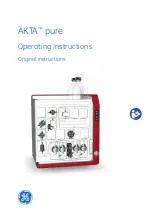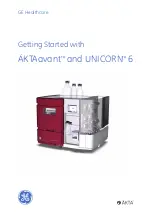
Eggs damaged by
environment
Gather eggs frequently (at least once daily).
Eggs stored too long or
incorrectly
Store eggs at 50-60 degrees F. and 60%
relative humidity. Incubate eggs within 7
days of lay.
Symptoms
Probable Cause
Corrective Measures
Blood rings
Improper storage
Follow recommended egg storage and
gathering recommendations.
Improper incubation
temperatures
Check thermometer accuracy and hatcher
functions. Follow recommended temperature
settings.
Improper breeder nutrition
Feed breeders a diet with balanced nutrient
levels.
Improper fumigation
Follow fumigation recommendations.
Symptoms
Probable Cause
Corrective Measures
Many dead
embryos at early
stages
Improper incubation
temperatures (usually too
high)
Follow recommended incubation temperatures.
Improper egg turning
Turn at least 3 times daily.
Inherited low hatchability
Avoid cross breeding. May need to secure
different breeding stock.
Improper ventilation
Increase ventilation rate in hatcher and/or
room, but avoid drafts. Add oxygen at high
altitudes.
Pullorum disease or other
salmonelloses
Use eggs from disease-free sources. Have NPIP
representatives blood-test the breeder flock.
Improper nutrition of breeders
Provide a well-balanced nutritional diet to breeders
Symptoms
Probable Cause
Corrective Measures
Chicks fully formed,
but dead without
pipping
Low average humidity
Maintain recommended humidity for species of bird
incubated.
Improper incubation
temperature
Check thermometer accuracy and hatcher
functions. Follow recommended temperature
settings.
Improper ventilation in
hatcher
Adjust ventilation to provide optimum moisture-
loss rate from egg during incubation.
Improper turning of eggs
Turn eggs at least three times daily until 3 days
prior to hatching.
Chilling of eggs
Gather eggs frequently and store under proper
conditions.
Diseased or poorly
conditioned breeder flock
Conduct a good disease control and breeder
management program. Use a well-balanced
nutritional diet.






































